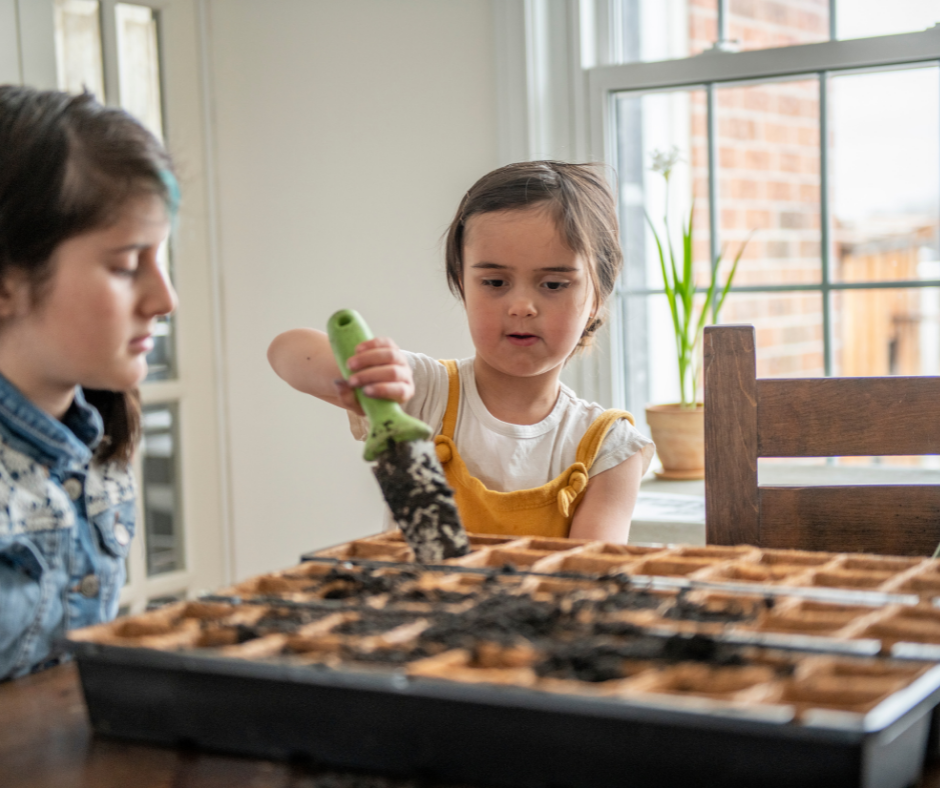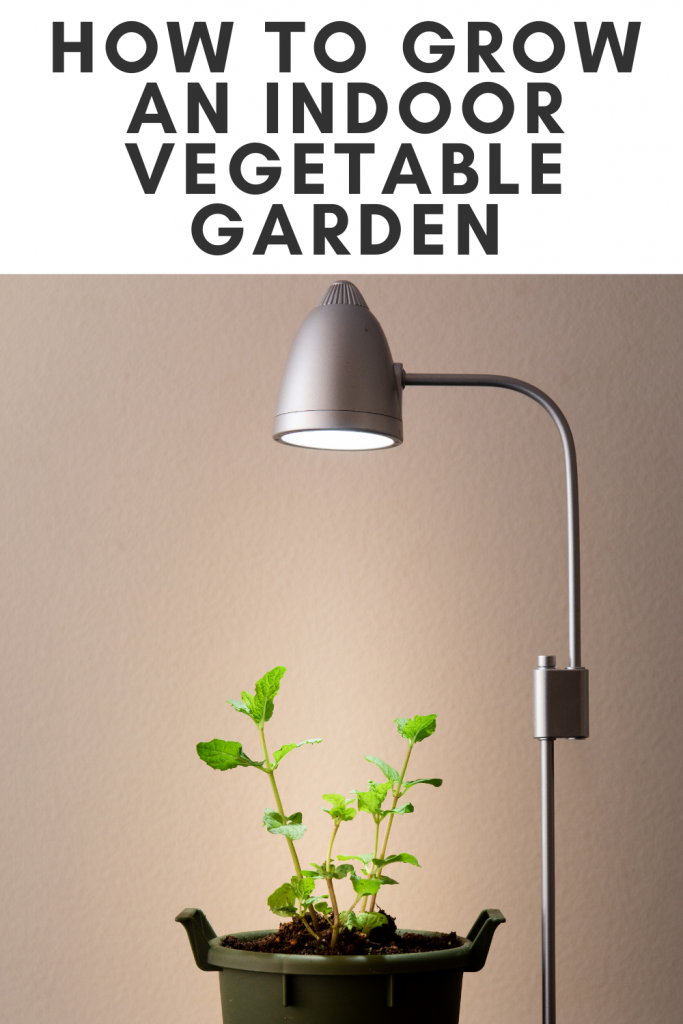Are you looking for a way to enjoy spring by growing an indoor vegetable garden? Spring is here and that means that you can start enjoying plants and edible plants! Vegetable plants are surprisingly easy to grow indoors which means you can have a green thumb even in your apartment!
Today we’re going to be sharing some of the best tips and tricks for growing an indoor vegetable garden. You can also apply these tips and tricks to growing almost any plant indoors but we’re focusing on vegetable plants because they’re a great addition to any apartment.
Gardening indoors is a great way to relieve stress and in this case the fruits (or vegetables) of your labor will be a great addition to your healthy meal plans!
Growing your own vegetables is not just a great way to have a rewarding hobby. It’s also an excellent way to save some money at the grocery store. With food costs at an all time high it’s a great time to find ways to produce some items at home.
If you have a surplus you can always be a great neighbor and share some with your fellow nearby MCLife Community members! With these tips and tricks for growing an indoor vegetable garden you will no doubt have a lot to share soon!

How To Grow A Vegetable Garden Indoors:
This guide is meant to help you get started with growing vegetables indoors. Check out how easy it is to get started and learn more about what you should try growing first!
Before we begin I like to remind everyone that you should start small. It’s easy to add more once you have the hang of growing indoor vegetables but until then you don’t want to overwhelm yourself and get burnt out if (inevitable) problems arise! Pick a plant or two to try and build from there.
Start Easy
You should start easy with plants that can thrive in the environment you already have going. If you keep your space at or around 60-70 Degrees F you shouldn’t have a problem growing these plants.
Another thing to consider is that these plants are nice to start with because they grow quickly and can be harvested pretty much any time they are big enough to be worth picking from the stalks!
- Arugula
- Beets (greens, tiny roots)
- Broccoli (stalks, greens only)
- Brussels sprouts (stalks, greens only)
- Carrots (tiny but sweet)
- Kale
- Leafy greens (not head lettuces)
- Mache (corn salad)
- Microgreens (edible seedlings)
- Mustard greens
- Peas
- Radish
- Sorel
- Spinach
- Swiss chard
- Watercress
All of these plants require similar growing situations. They should have about 12 hours a day of indirect light which means that they can thrive on a sunny windowsill or on the floor near a sunny door, etc.
These kinds of plants can be harvested pretty much any time they look ready and to your liking. Some will continue growing even after you harvest some of the outer leaves so don’t throw the plants away once you harvest leaves for eating!
Add Some Lights
If you want to add some lights you can get a little more creative. Growing lights are not expensive or difficult to get. You can find them at hardware stores or online at a variety of locations.
If you add lights to your set up and can keep a room relatively warm (70 degrees F or more) you can add in some other vegetables! These vegetables below would do great in an environment where you can add plenty of light and heat. These plants will need more like 14-17 hours a day of light which is why you need the additional lights!
- Eggplant
- Tomato
- Strawberry
- Peppers
- Citrus trees | Dwarf varieties (start with a grafted tree)
Keep in mind that plants that fruit like these will need assistance when pollinating. Flowers will need to be pollinated by making sure the flowers are moved around each other or you can use a fine paintbrush to act as a pollinator!
There are also bugs that are safe for the home that act as great pollinators that you can consider releasing but for beginners it’s easier to just do the pollinating yourself but transferring pollen from one flower to the next!
These types of plants will have harvest times that vary based on the plant varieties. Check the packaging to see when to expect fruits to be ripe and ready to eat!
What You’ll Need To Grow Plants Indoors:
Here is a quick look at what you will need to grow vegetables and other plants indoors! Keep in mind that you can gather most of these things at your local nursery or online if you are starting from seeds that you plan to order!
- Light – low-medium to high will be necessary depending on your plants.
- Growing medium – an organic potting mix is best for growing vegetables.
- Containers – you want them to have good drainage so add holes if your containers don’t have them!
- Humidity – Add a humidifier if you don’t feel like your space has a natural 40 to 50% range.
- Water – always use distilled water if you can because it will be the best for plants. You can also use fish tank water or rainwater that you collect!
- Temperature – keep the temperature around 60°F/15°C or 70°F/20°C range depending on which plants you are growing and keep it consistent!
- Fertilizer – add fertilizer to your soil as needed and when growing container vegetables you will need to be consistent to keep them growing and producing quality fruits!

